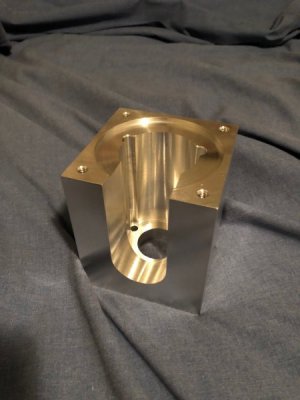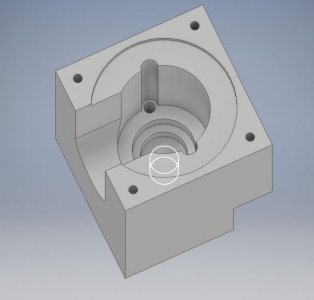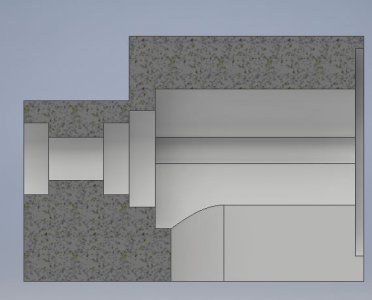- Joined
- Apr 7, 2018
- Messages
- 131
I have a feeling this is a question that will be answered with "Experience will provide the answer." Anyway, when looking at a drawing, are there any general guideline as to what should done first, next, etc..? It seems like a silly question, but my limited experience has revealed a number of "I should have done this before I tried to do that". Like should I bore the hole before I finish the outside diameter? Should I center drill all the holes, then drill them all, then ream them? Should I finish surfaces before drilling/milling? Just looking for general ideas.
Peace.
Peace.




